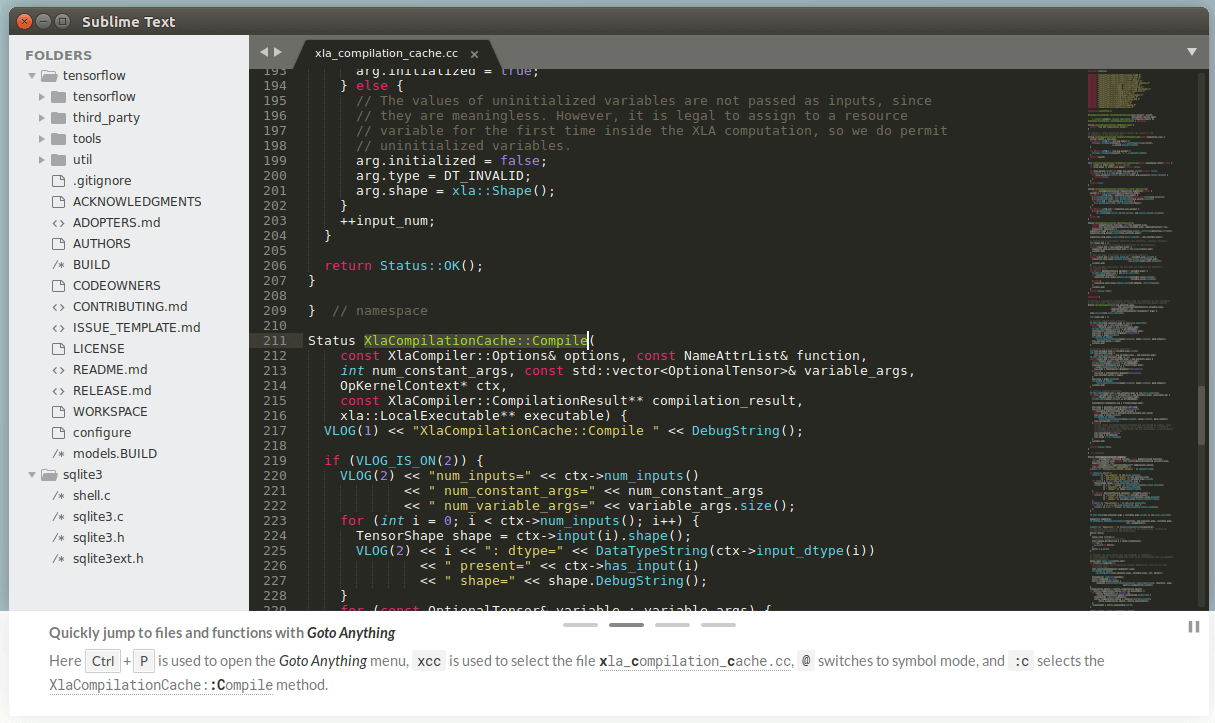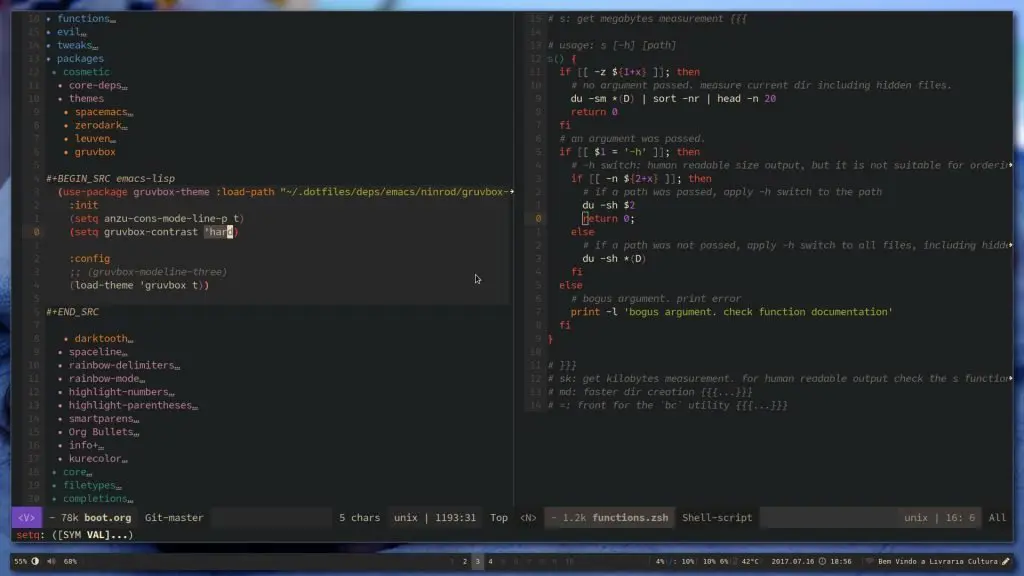

However, swapping back and forward between a terminal and the website code to keep an eye on the site build was annoying, so I decided to see if I could ‘dock’ a PuTTY terminal into Notepad++ Adding a Putty Terminal into Notepad++ This lets me keep the website code on my NAS (allowing for easy cloud backup), code on Windows, and run Jekyll on Linux. I decided it was easier to spool up a Debian VM on my virtual server to install Gem/Ruby/Jekyll on. Mainly in regard to ImageMagick for using responsive images, which isn’t worth the hassle of setting up on windows. You can use Jekyll in windows with PortableJekyll, but I found the Windows environment still limited Jekyll.

Some of my friends swear on kate ( sudo apt install kate), others love vscodium, some code::blocks, other spyder, others are vim or emacs or spacemacs users.Challenge of developing in Jekyll via remote Linux serverĭuring development of this site, I came across too many limitations with using Jekyll on windows. There's also really a wealth of other, easy to install-and-use code editors. scite also uses the same code editor, and is as minimal as notepad++ ( sudo apt install scite). I haven't tried it, but if you run the official installer instead of unpacking the portable version, you'd probably even get file associations in your file manager, so that double clicking source code files can open them in notepad++.Īlso note that while I think it's good to use an editor you're used to, there's very similar editors to notepad++ for Linux that you can trivially install directly: geany even uses the same editor component as notepad++! You can install it using sudo apt install geany geany-plugins-common. Just install wine ( sudo apt install wine), download the notepad++ portable, unpack it, and run it with wine.

Notepad++ isn't that complex, and supported by wine out of the box.

Snap can be really useful when you're installing complex software.


 0 kommentar(er)
0 kommentar(er)
